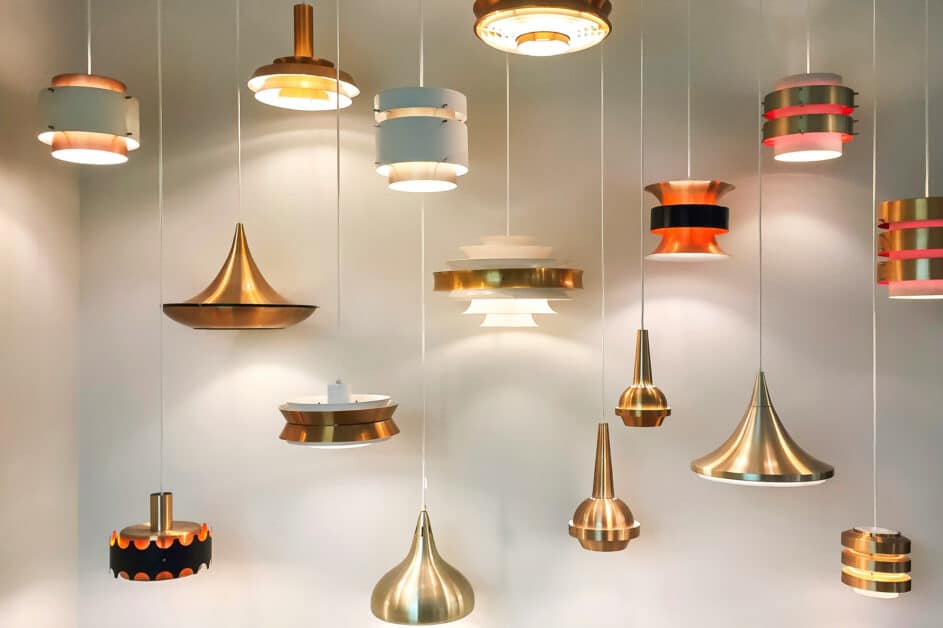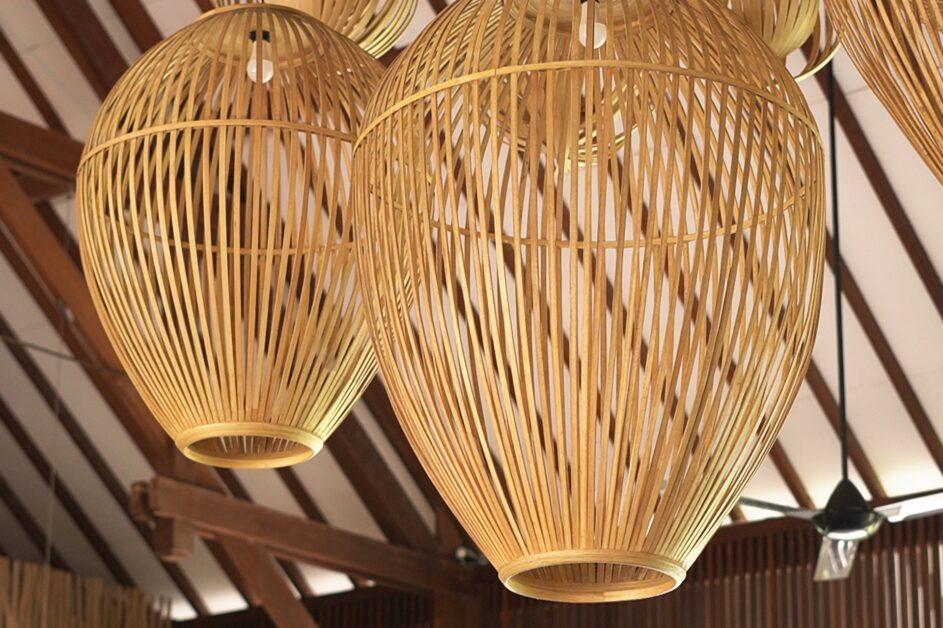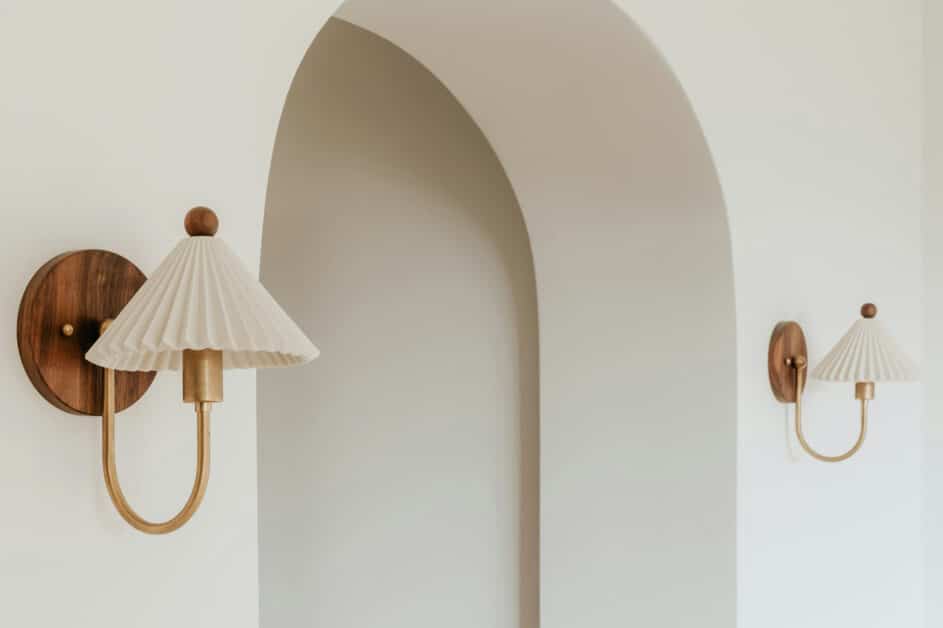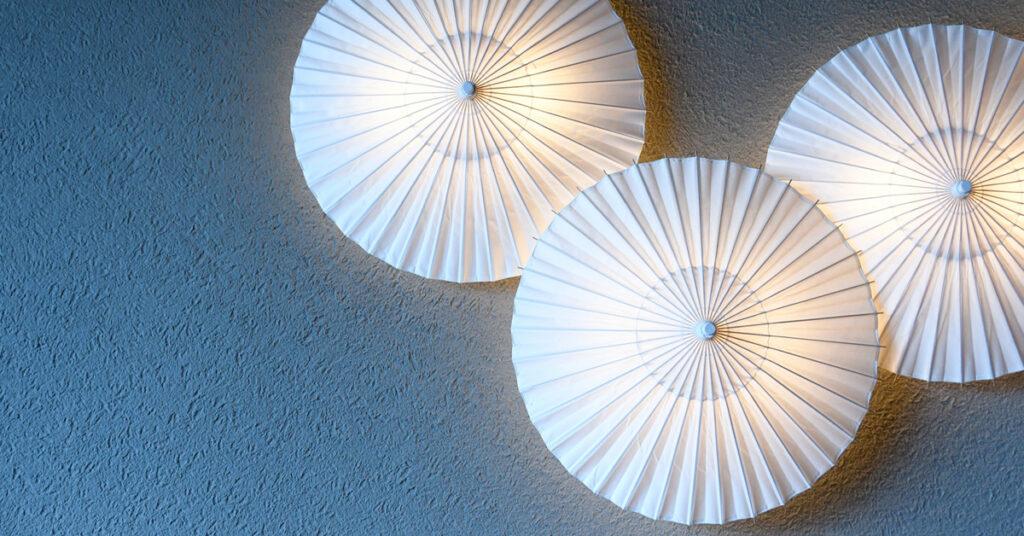Japandi is a new style that combines the iconic Japanese “wa” aesthetic with modern Scandinavian design.
Since the pandemic in 2020, there has been a growing interest in residential space design and private living spaces. The Japandi style has been embraced by many, both in Japan and abroad, as a prime example of comfortable space creation.
Creating a Japandi-style space is said to require simplicity, warm color tones, and furniture or wallpaper made from natural materials. While these elements are important, they can often be expensive to fully implement. That is why we would like to focus on lighting as an element that is relatively easy to incorporate and can significantly transform the atmosphere of a space. Japanese modern lighting, which has gained popularity in Japan in recent years, is particularly suited to achieving the Japandi aesthetic.
In this article, we will introduce why Japanese modern lighting is highly recommended for Japandi-style spaces, as well as showcase lighting that utilizes materials and techniques unique to Japan.
Click here to learn more about Japandi.
Effects of Lighting on Space
Lighting can be adjusted through illuminance and color temperature to create the desired ambiance for a space.
Warm-toned lighting creates a cozy, relaxing atmosphere or a more dignified setting, while white-toned lighting conveys a sense of freshness and cleanliness. By choosing different types of lighting based on the purpose and function of the space, the overall impression can change dramatically.
To achieve a Japandi-style space, it is recommended to intentionally incorporate lighting that emits a warm, inviting glow.

Reasons Why Japanese Modern Lighting is Ideal for Japandi
Japanese modern design, which fuses traditional Japanese aesthetics with contemporary, stylish elements, has become a versatile style that complements a wide range of interior spaces and tastes.
Japanese modern lighting is characterized by its warm, nostalgic glow and has gained widespread popularity, being used in various settings such as homes, restaurants, and hospitality facilities. This lighting often incorporates natural materials like Japanese paper and linen—materials that have been used in Japan for centuries—to softly diffuse light and create a warm, inviting atmosphere. By blending these traditional elements with modern touches of sleekness and linearity, Japanese modern lighting can express a minimalist simplicity that aligns perfectly with the Japandi style.

Only Available in Japan, Japanese Modern Lighting Utilizing Traditional Crafts and Materials
Since ancient times, people in Japan have used lighting made from materials such as Japanese paper, hemp, and wooden frames, which are well-suited for traditional Japanese-style rooms. Japanese modern lighting that successfully incorporates these traditional elements is gaining popularity.
For example, pendant lights that combine chochin (Japanese lanterns) and washi paper, offered by a long-established Japanese lighting company, are crafted using washi paper by skilled artisans who take their time to handcraft each piece. Another popular product from the same company is modern Japanese lighting designed by a foreign designer, which combines tradition with innovation.
Hasami-yaki pottery, with a 400-year history, produces everything from everyday tableware to traditional handicrafts. The lighting made from its beautiful translucent white porcelain harmonizes with the color tones of the space and enhances the ideal Japandi-style interior.
Bamboo crafts, carefully finished one by one by artisans, are among the most popular traditional crafts in Japan. Bamboo lighting, made from tiger bamboo, known for its distinctive surface patterns that barely change with age, and Henon bamboo, which dramatically changes color over time, is meticulously crafted to add just the right touch of flair to minimalist spaces. The delicate and graceful bamboo lighting is sure to add a pop of color and character to any space.

In Conclusion
We have introduced the ideal Japanese modern lighting for the Japandi style.
We encourage you to incorporate Japanese elements into your Japandi style spaces.

